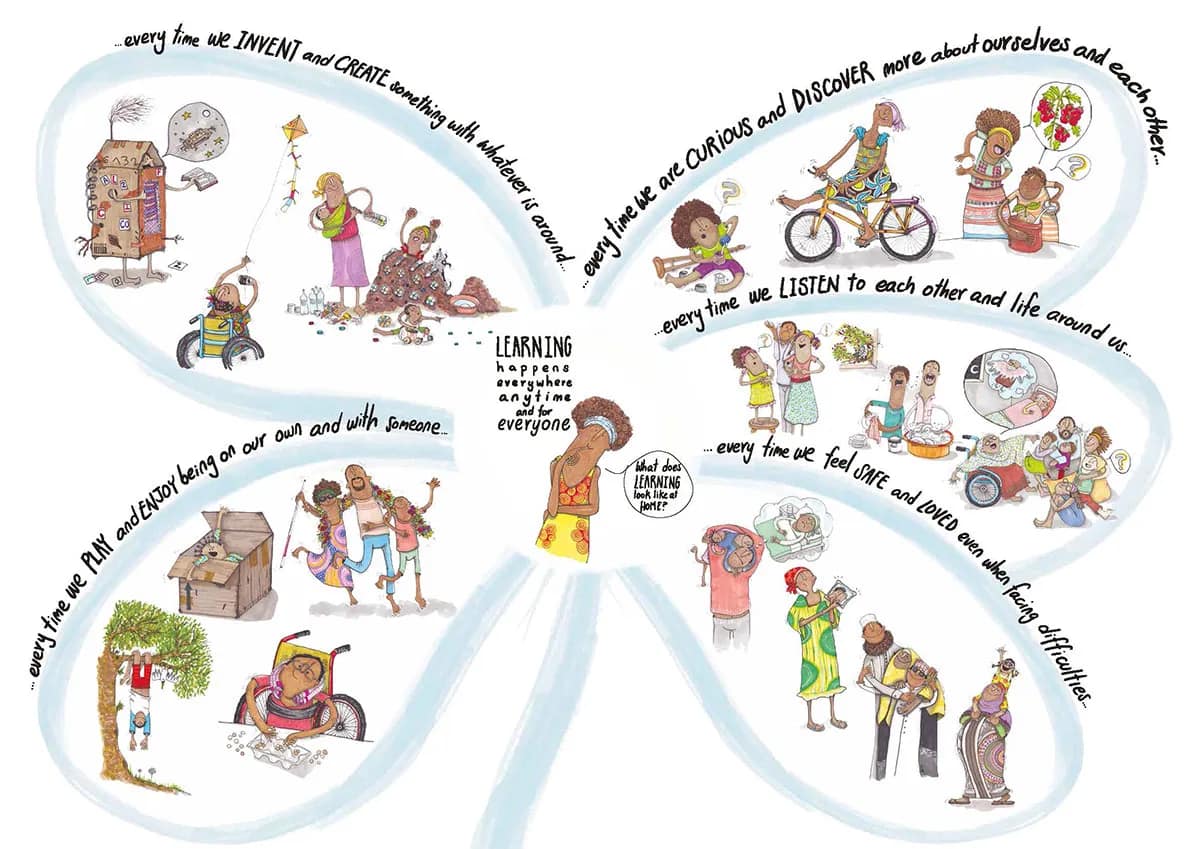In today’s world, inclusion is not just a moral imperative but a driver of sustainable development. The “Improving Employment Perspectives for Persons with Disabilities” manual, published by GIZ in 2021, emphasises the importance of creating inclusive labour markets to support over one billion people globally who live with disabilities. Persons with disabilities face numerous challenges, including physical, structural, and attitudinal barriers, that limit their access to employment and career growth. This comprehensive report highlights strategies, real-world examples, and best practices for fostering inclusivity in the workplace.
The Importance of Inclusion in the Labour Market
Persons with disabilities make up 15% of the global population, with 80% being of working age. Unfortunately, only 36% are employed, compared to 60% of people without disabilities. This gap underscores the urgent need for inclusive employment policies and practices. Employment not only provides financial independence but also enhances social inclusion, dignity, and self-esteem for individuals. Moreover, exclusion from the workforce can reduce a country’s GDP by 3-7%, showing that inclusion is not just socially essential but economically smart.
Key Barriers to Employment
Persons with disabilities face macro-level barriers, such as discriminatory policies and disincentives to work, meso-level barriers like physical and communication obstacles in the work environment, and individual challenges such as limited skills and low self-esteem. The report calls for multi-level approaches to address these barriers and promote inclusive labor markets.
Promoting an Inclusive Labour Market
The manual advocates for a holistic approach to disability-inclusive employment, involving policy framework adjustments, capacity building, and active participation from employers, training institutions, and self-representative organizations. Several successful case studies are presented, such as:
- Bangladesh’s Ready-Made Garment Sector: By integrating people with disabilities into this industry, over 2,400 individuals have benefited from employment opportunities.
- Kazakhstan’s Incentive Program: The government provides wage subsidies and compensation for workplace accommodations to encourage employers to hire persons with disabilities.
- Namibia’s TVET Programs: These vocational programs are adapted for persons with disabilities, providing accessible education and skills training, supported by sign language interpreters and accessible facilities.
Digital Inclusion: The Future of Employment
With the rise of digital technologies, new opportunities for employment are emerging for persons with disabilities. Digital tools can overcome traditional barriers, allowing for flexible work arrangements and increasing accessibility to education and employment. The report highlights examples such as Ghana’s AmaliTech, which provides IT training tailored to persons with disabilities, enabling them to enter the growing tech sector.
Call to Action
Inclusive employment practices are not just about compliance; they are about unlocking the potential of all members of society. Governments, private sectors, and civil society must work together to ensure that persons with disabilities have equal access to meaningful and productive work. By creating accessible environments, providing adequate training, and addressing policy gaps, we can ensure that no one is left behind in the global workforce.




